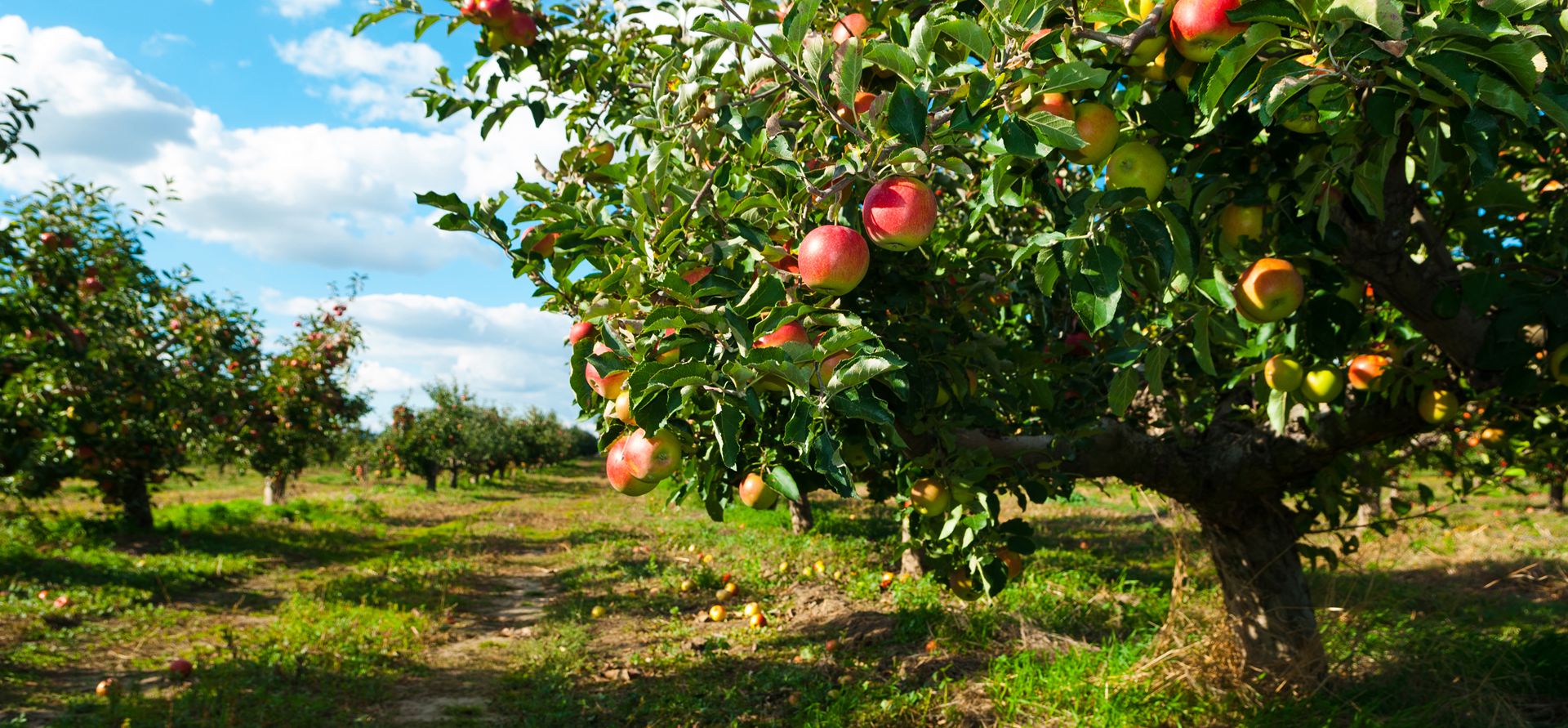Active Ingredients and Formulations: 50%, 70%, 80% WP; 75%, 80% WG; 30%, 40%, 430 g/L SC.
Product Features: Mancozeb is a broad-spectrum, low-toxicity protective fungicide of the dithiocarbamate class, mainly acting through metal ions. It forms a dense protective film on plant surfaces after spraying, effectively inhibiting the germination of fungal spores and preventing their invasion into the plant. It adheres well and is resistant to rain washing. Its fungicidal mechanism involves reacting with amino acids and related enzymes in the fungus to inhibit the oxidation of pyruvate in the fungus’s metabolic process, interfering with lipid metabolism, respiration, and energy supply, ultimately causing fungal death. This reaction has multiple action sites, making it difficult for fungi to develop resistance. Hence, it is often mixed with systemic fungicides to delay resistance in the latter. Currently, mancozeb products on the market are divided into two types: fully chelated and non-fully chelated (also known as "ordinary mancozeb"). Fully chelated products are safe to use on young leaves, seedlings, and young fruits, providing stable disease prevention and enhancing fruit quality by promoting a glossy surface. Non-fully chelated products have unstable disease prevention effects and are relatively unsafe, often causing varying degrees of phytotoxicity if used improperly, significantly affecting fruit quality in severe cases.

Applicable Crops and Usage Techniques: Mancozeb is a protective fungicide with no curative effect on diseases; it must be sprayed before fungal infection to achieve ideal control. If used after disease occurrence, it must be mixed or alternated with curative fungicides. Mancozeb can be used repeatedly, as fungi find it very difficult to develop resistance. For spraying on fruit trees, use fully chelated products: 80% WP, 80% WG, or 75% WG at 600-800 times dilution for uniform spraying. To avoid phytotoxicity with ordinary mancozeb, use 80% WP at 1200-1500 times dilution, 70% WP at 1000-1200 times dilution, or 50% WP at 700-800 times dilution. For suspensions, use 430 g/L SC or 40% SC at 400-500 times dilution, or 30% SC at 300-400 times dilution. Due to product quality differences among manufacturers, specific applications should follow label instructions.
Apple Tree Diseases: Spray once at the flower cluster separation stage and once after petal fall to effectively control rust disease and blossom blight and to prevent leaf spot disease. Spray once at the late bloom stage with fully chelated products (80% WP, 80% WG, or 75% WG at 600-800 times dilution) to control core rot and prevent leaf spot disease. Begin spraying 7-10 days after petal fall, spraying every 10 days for three times before bagging the fruits to effectively control ring rot, anthracnose, and scab.


